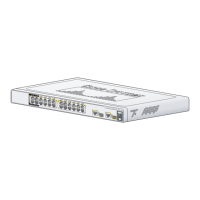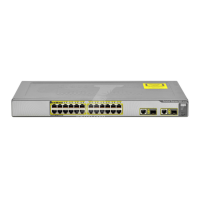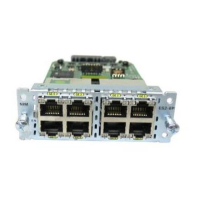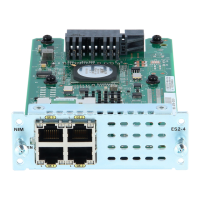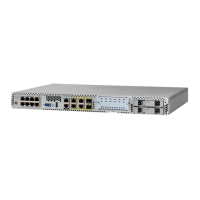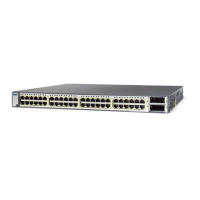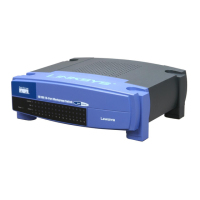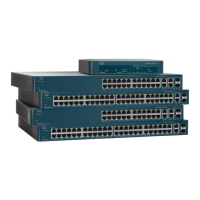
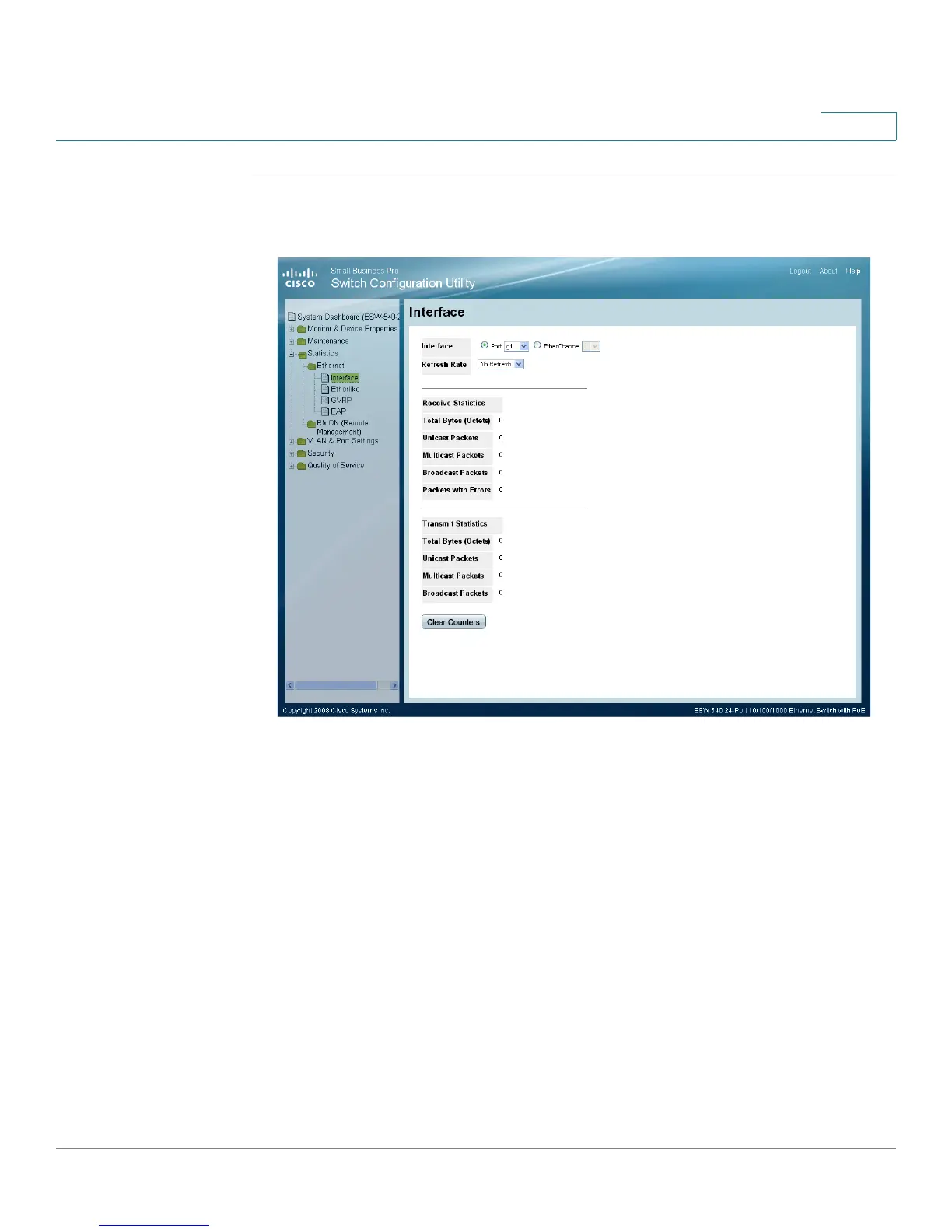 Loading...
Loading...
Do you have a question about the Cisco ESW 500 and is the answer not in the manual?
| VLAN Support | Yes |
|---|---|
| Management | Web-based |
| MAC Address Table Size | 8K |
| Jumbo Frame Support | Yes |
| Quality of Service (QoS) | Yes |
| Model | ESW 500 Series |
Details on establishing initial connectivity and accessing the switch configuration utility.
Common tasks like checking status, configuring VLANs, and upgrading firmware.
Procedures for adding or editing default VLAN settings on the switch.
Applying predefined Smartport roles to switch ports for optimized network performance.
Steps to download, install, and activate new firmware releases.
Defining port settings for personal desktop users using the Smart Ports Wizard.
Optimizing network management for voice traffic by configuring ports for IP phones.
Managing connections between the switch and wireless access points via Smart Ports.
Information on defining passwords for user authentication to access the device.
Assigning authentication methods for user authentication, including profiles and servers.
Configuring access profiles and rules for managing device access via various methods.
Limiting Multicast and Broadcast frames, and configuring port security.
Enabling port-based authentication using RADIUS server and Extensible Authentication Protocol (EAP).
Defining classification actions and rules for specific ingress ports using Access Control Lists (ACLs).
Preventing packets with invalid IP addresses and configuring global DoS attack prevention.
Enabling DHCP Snooping to differentiate trusted and untrusted interfaces.
Restricting client IP traffic to source IP addresses configured in the DHCP Snooping Binding Database.
Intercepting, discarding, and logging ARP packets with invalid IP-to-MAC address bindings.
Configuring global parameters and properties for VLANs, including type and authentication.
Mapping VLAN parameters to ports and defining VLAN membership.
Assigning each port to one or more VLAN groups, specifying tagged or untagged.
Configuring static or dynamic IP addresses and default gateways for the switch.
Establishing DHCP configuration with multiple servers for redundancy and defining relay settings.
Configuring global STP settings, including operation mode, BPDU handling, and bridge parameters.
Assigning STP settings to specific interfaces, defining port roles and states.
Configuring SNMP engine ID, views, users, groups, and communities for secure management.
Creating SNMP users and assigning access control privileges to them.
Creating SNMP groups and assigning access control privileges.
Configuring trap settings, station management, and SNMP notification filters.
Downloading and installing new firmware versions for the switch.
Configuring PoE settings, monitoring power usage, and enabling PoE traps on the device.
Performing tests on copper cables attached to ports using Time Domain Reflectometry (TDR).

